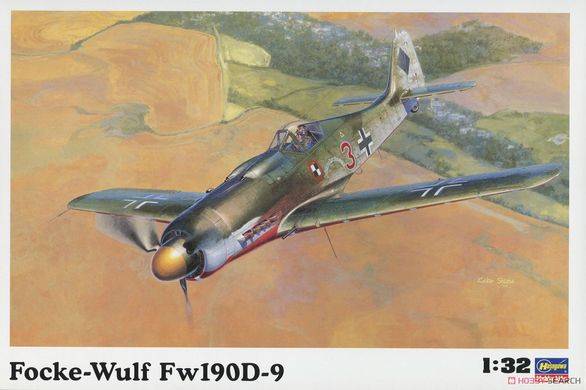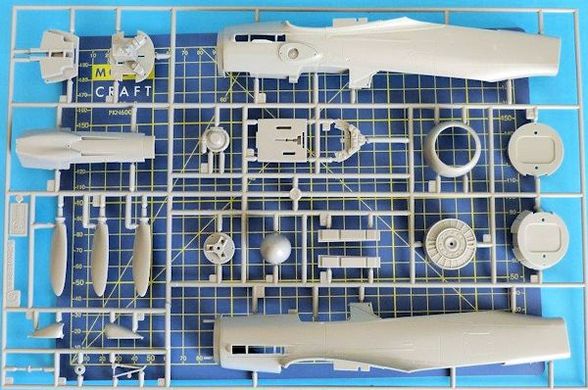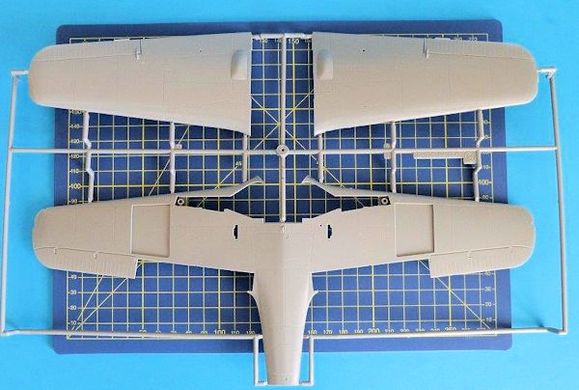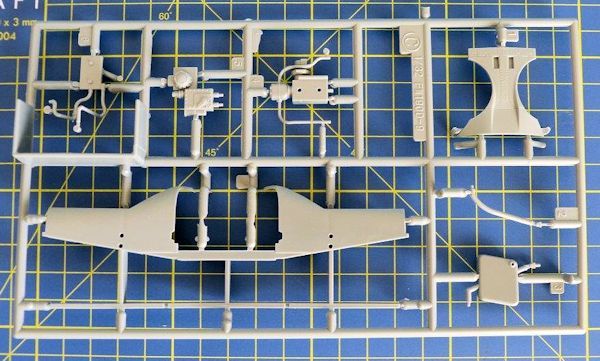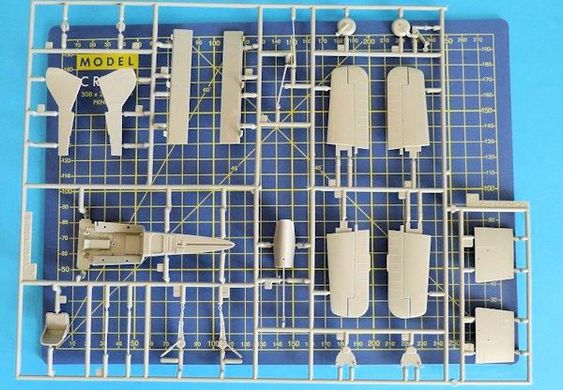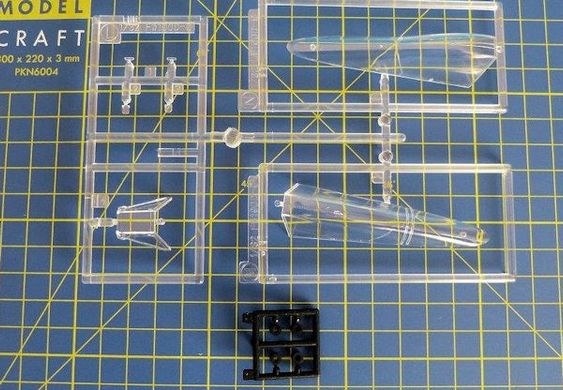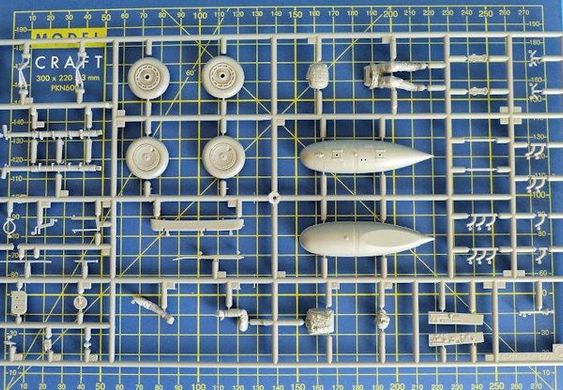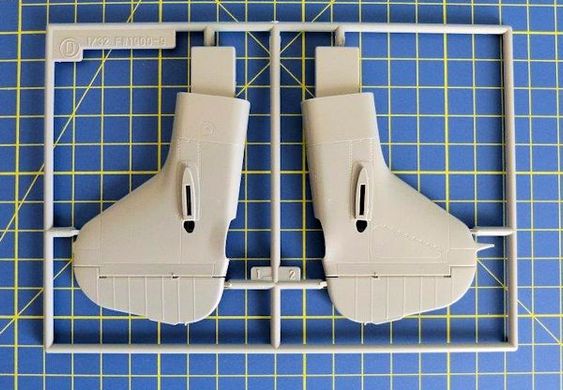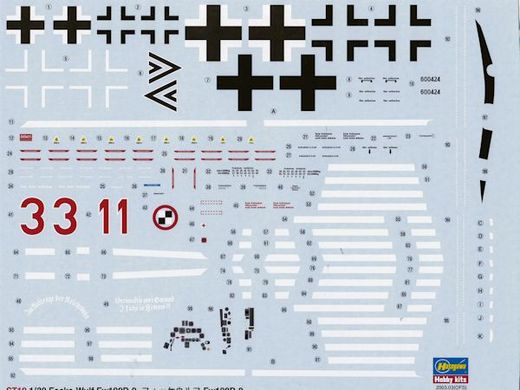The Focke-Wulf Fw-190 was a German single-engine all-metal closed-cockpit low-wing fighter of World War II. Pilots considered the Fw-190 to be a better aircraft than the Messerschmitt Bf-109. The Fw-190 self-supporting low wing with working cover was ordered by the Luftfahrtministerium, assembled in the fall of 1937. Kurt Tank submitted two proposals for a power plant, the first with a liquid-cooled Daimler-Benz DB 601 engine and the second with the new BMW 139 radial engine. The latter was chosen, and work, which began in the spring of 1938, was led by Obering R. Blaser. The first Fw-190V1 prototype was ready in May 1939, and on June 1, 1939, it went to Bremen under Captain Hans Zander. The second prototype, the FW-190V2, armed with two MG131 and two MG17 machine guns - all 7.92 mm caliber - flew in October 1939. To reduce aerodynamic drag, both were fitted with a tunnel air intake in the propeller cover, but engine overheating problems led to a return to the proven NACA screen design. Even before the tests of these prototypes began for good, the decision was made to replace the BMW 139 engine with the more powerful, but longer and heavier BMW 801. This required many changes, strengthening the structure and moving the cockpit back, which later became the source of problems with the center of gravity . The advantage was the elimination of exhaust gas infiltration and cabin overheating problems due to its close proximity to the BMW 139 engine. The third and fourth prototypes were abandoned, and the Fw-190V5 with the new engine was finished in early 1940. it received wings with a wingspan increased by one meter (from the original 9.5 m), which made it 10 km/h slower, but increased the rate of climb and improved maneuverability. It received the designation Fw-190V5g, and the variant with a shorter wing, the Fw-190V5k. The first seven machines of the information series Fw-190A-0 had a short wing, the rest - longer. The first operational unit equipped with the Fw-190 - 6./JG 26, based at Le Bourget, announced its operational readiness in August 1941, and after the first encounter of the new fighter with the British Supermarine Spitfire, its superiority over them became obvious. During the war, about a dozen versions of this wonderful aircraft were built. Machines version "A", along with a dozen upgrades, served as combat aircraft. Versions marked "B" and "C" were only prototypes of high-altitude fighters designed to combat strategic bombers, but they did not enter serial production. Variant "D", as the only one of the Fw-190, was equipped with a new Jumo 213A engine with a capacity of 1750 hp. and was the German answer to the P-51 Mustang. The new engine lengthened the fuselage by several tens of centimeters. This variant also performed mainly hunting and high-altitude combat missions. Numerous variants of the "F" version were used as fighter-bombers in close battlefield support. The "G" version played the same role as the "F" version, but had a longer range. During the entire war, more than 20 thousand copies of this one of the best fighters of the Second World War were produced. Technical data (version Fw-190A-8): length: 9m,















